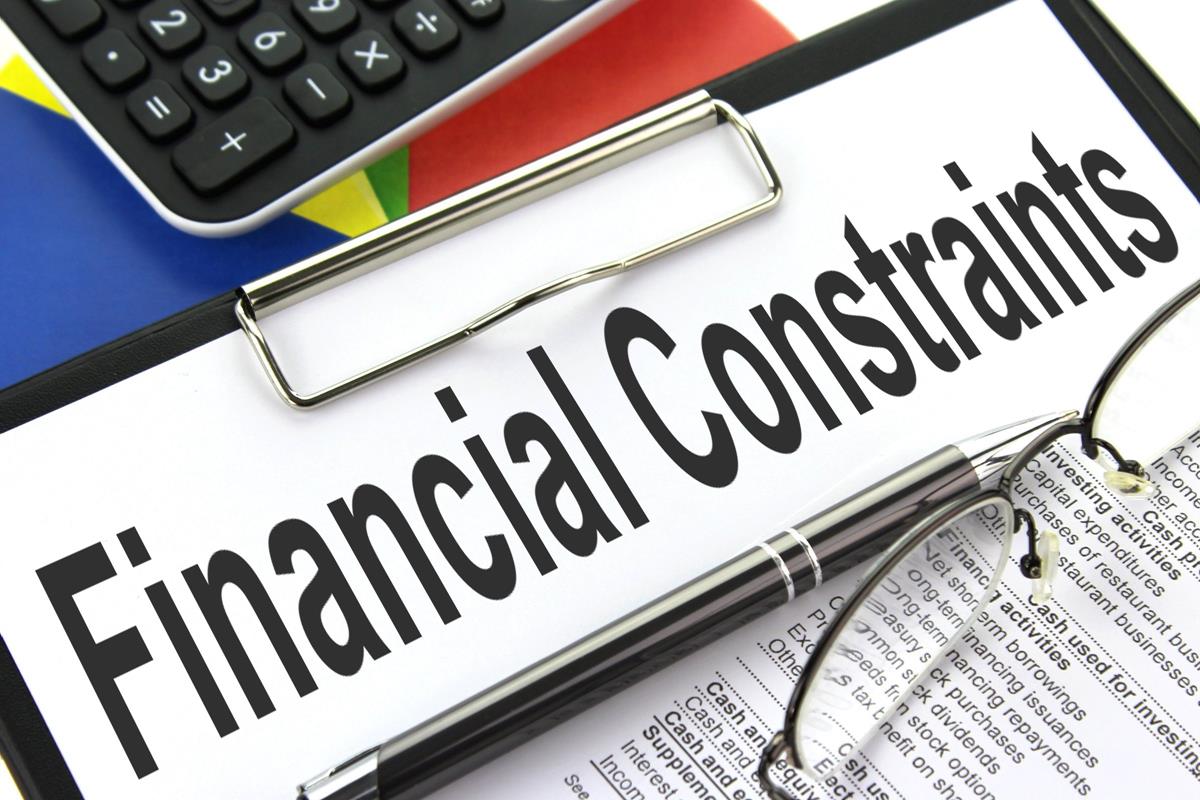
Across the United States, middle-class families are feeling the economic pinch. Whether it’s state-level taxes that slash household budgets or federal policies that pass on costs or reduce critical supports, economic pressures appear to be growing. Understanding where these burdens are coming from is critical for families navigating an increasingly complex economic landscape.
Discussions around federal policies often focus on broad changes like the Great American Act and the implementation of widespread tariffs. But the reality is that these policies have real impacts that, when combined with existing state and local tax structures, are placing significant economic pressures on millions of families. Reports from a variety of nonpartisan groups and economists shed light on how these pressures are distributed and who is ultimately bearing the cost.
Let’s take a data-driven look at some of the most impactful tax and policy burdens facing the American middle class today.
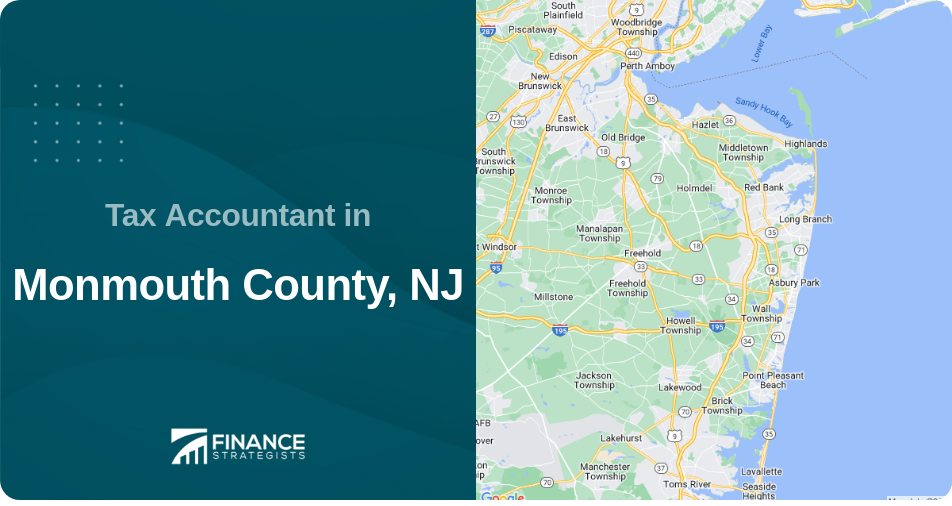
1. **New Jersey: The Peak of Property Tax Burdens** When it comes to states where taxes hit homeowners the hardest, New Jersey is the clear leader. According to the Tax Foundation’s annual report on property taxes by state and county, New Jersey has the highest effective property tax rate in the country at 2.23%.
This is well above the national average effective tax rate of 0.98%. This means that New Jersey homeowners pay a much larger share of their home’s value in property taxes each year than anywhere else in the country. This ongoing expense eats into the budgets of middle-class families, making homeownership a costly undertaking.
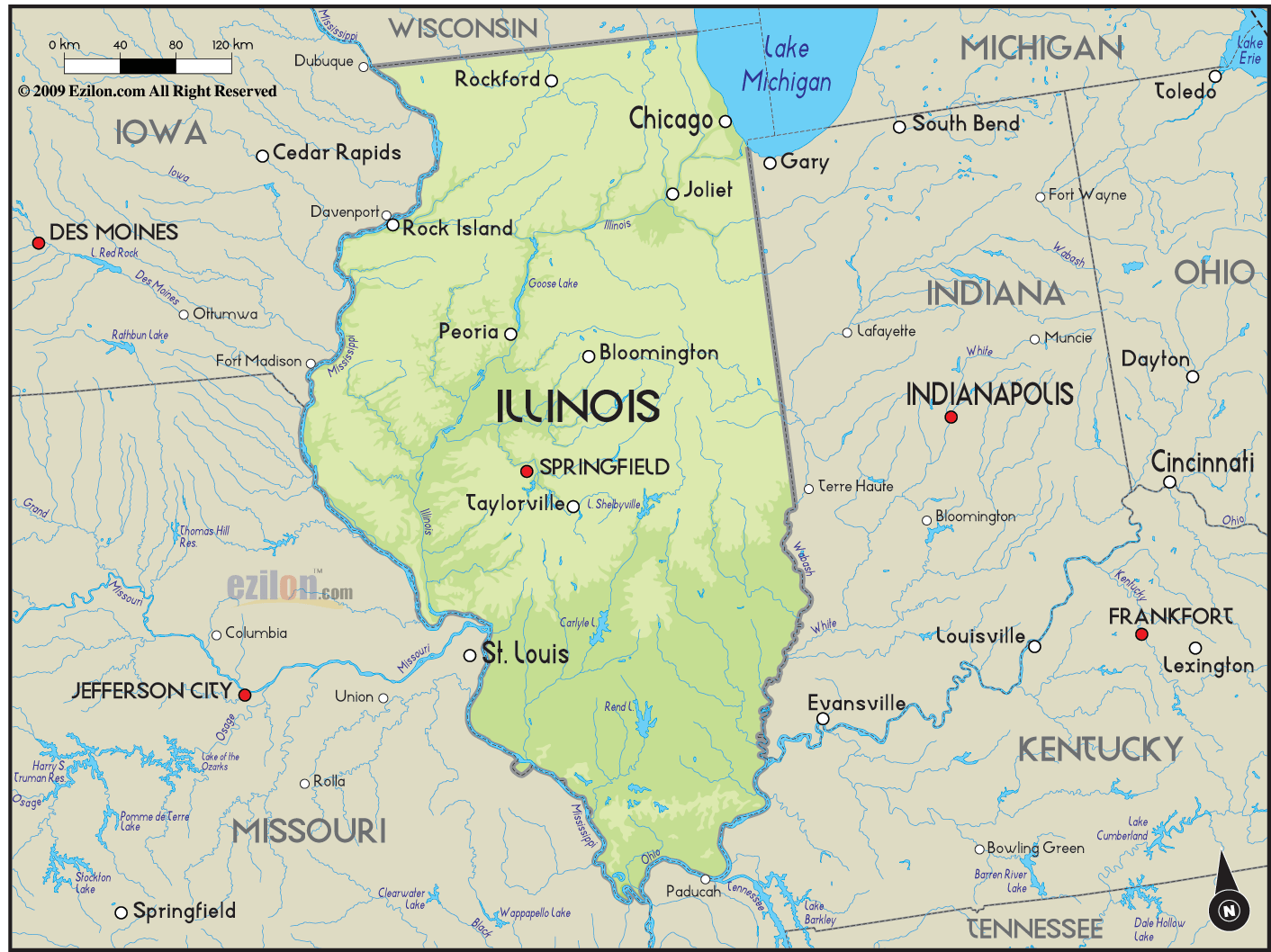
2. **Illinois: High Taxes Meet Trade War Impacts** Illinois is the state with the highest property taxes, right after New Jersey. The Tax Foundation report shows that Illinois’s effective property tax rate is 2.07%, ranking second in the United States. This high tax rate alone has brought huge financial challenges to homeowners across the state.
But Illinois’ tax burden problem goes far beyond that. Analysis by the Tax Policy Center shows that under certain proposals, Illinois is also one of the states where tariff spending is expected to exceed 3% of the state’s GDP, adding another layer of economic pressure. In addition, GOBankingRates quoted experts as saying that Illinois is one of the states that may not be suitable for home purchases in the next few years, and high property taxes are one of the reasons.
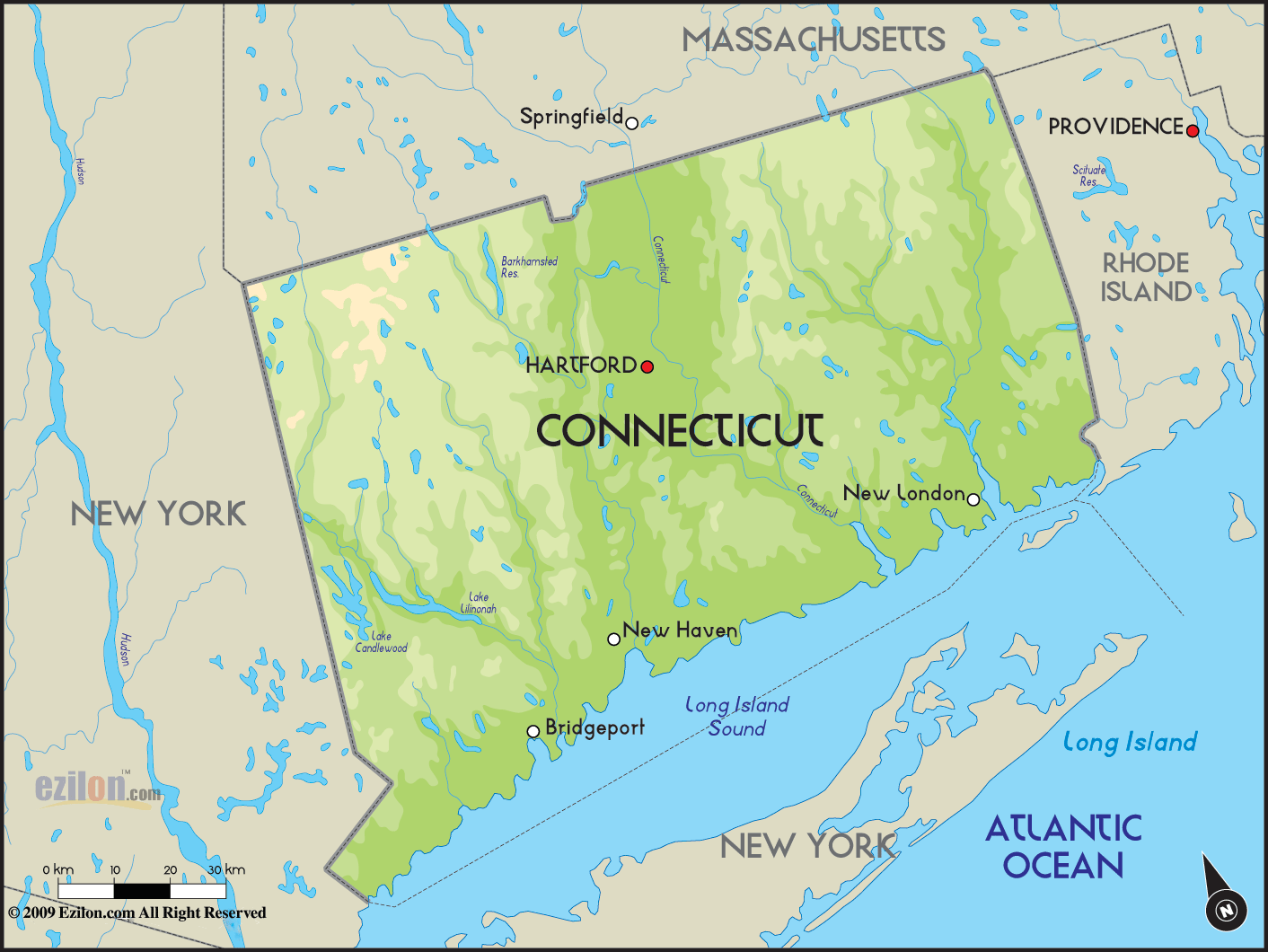
3. **Connecticut: A Triple Threat of High Costs** Connecticut faces one of the heaviest tax burdens in the nation, and residents are under multiple pressures. According to the Tax Foundation, Connecticut’s effective property tax rate is 1.92%, ranking third in the nation and far exceeding the national average.
According to WalletHub’s calculations, Connecticut’s total tax burden, excluding property taxes, ranks third in the nation. Their analysis shows that the average Connecticut household pays 14.54% of its income in state and local taxes, far higher than the national average of 10.92%. This figure includes income taxes, sales taxes, excise taxes and property taxes, indicating that Connecticut’s total tax burden is unusually heavy.
Reasons for this heavy tax burden include the state’s heavy reliance on local property taxes to fund basic services such as public education. High government costs, in part due to large public sector pension debts, which are among the most underfunded nationwide, are also a factor.

4. **Kentucky: Feeling the Brunt of Tariff Increases** Moving from state-level property taxes to federal trade policy, tariffs have emerged as another significant cost center, especially for some states. Analysis by the Tax Policy Center (TPC) shows that Kentucky is projected to be the state most impacted by the proposed tariff increases. While tariffs affect the entire country through increased costs, their economic impact is not equal.
The TPC report details that Kentucky would see the largest increase in tariff payments as a percentage of the state’s GDP. The increase is expected to be 4.1 percentage points. In addition, under the proposed policy, Kentucky’s total tariffs are expected to account for nearly 5% of the state’s GDP, the highest in the country. This disproportionate impact stems from the relatively high reliance of Kentucky’s economy on trade compared to other regions. The increase in import costs directly affects businesses, can lead to higher consumer prices, and increase financial pressures on households in the state.

5. **Indiana: Tariffs Add to Economic Pressure** Indiana is another state expected to face a major economic blow from tariff increases, according to TPC analysis. After Kentucky, Indiana expects its tariff payments as a share of its GDP to increase by the second largest amount, at an estimated 3.9 percentage points.
The “pain” from tariffs is likely to hit states like Indiana hardest first, especially those with manufacturing and agriculture-intensive economies. For middle-class Indiana families, this means that the cost of goods and services that rely on imported materials or components may increase, or economic activity in key industries will decrease, all of which will lead to a tighter financial situation.
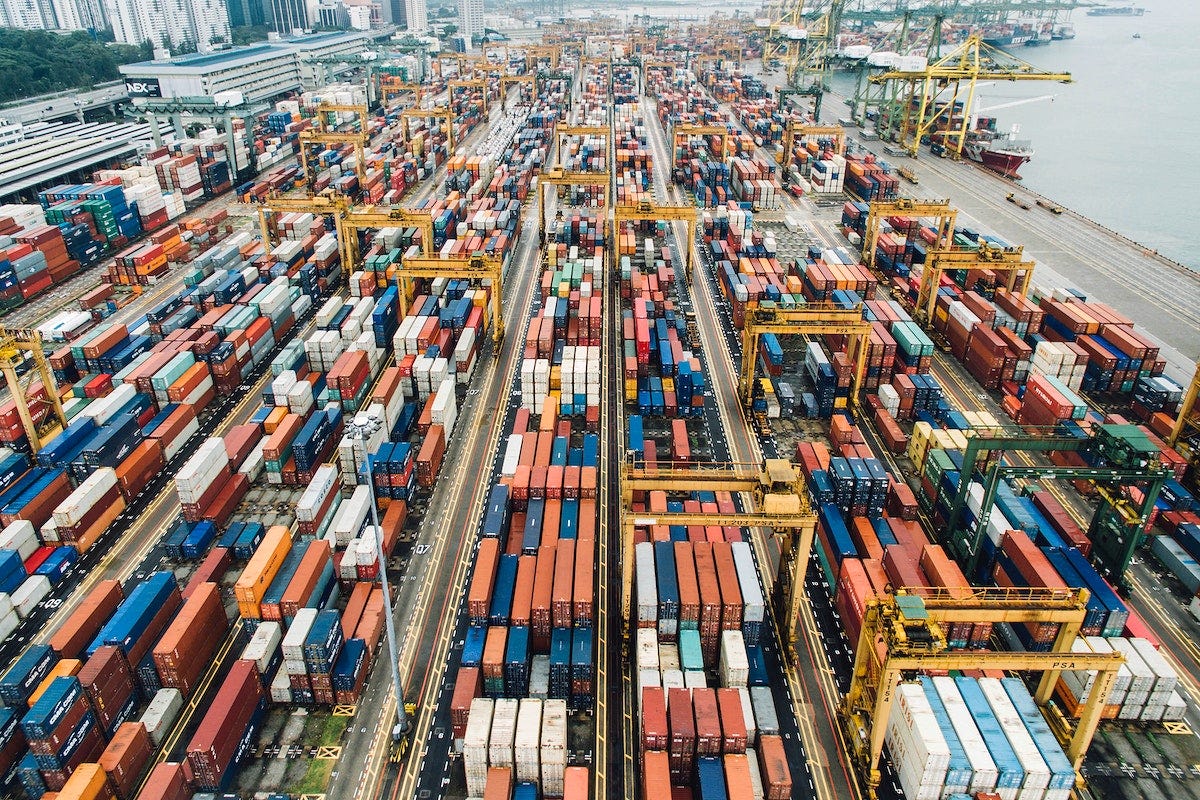
6. **Tennessee: High Tariff Impact on Costs** Tennessee is also expected to bear a large burden from the tariff increase. Analysis by the Tax Policy Center shows that Tennessee will see the third largest increase in tariff payments as a share of its GDP, an estimated 3.6 percentage points.
For businesses, this could mean an increase in the cost of imported inputs, which could be passed on to consumers in the form of higher prices. For households, this means that the cost of everything from daily necessities to commodities could rise, which could actually have a negative impact on their spending power and reduce disposable income.

7. **Mississippi: Disproportionate Burden from Tariffs** Mississippi is another state in the southern United States that is overburdened by tariffs, according to the Tax Policy Center. The state is expected to increase its tariff spending as a percentage of its GDP to 3.5 percentage points, ranking fourth.
States like Mississippi, whose economies are relatively dependent on trade, are particularly vulnerable when import costs rise. Increased spending from tariffs will put pressure on economic activity in the state and may lead to higher living costs for residents. The increased costs caused by tariffs will add another layer of economic hardship to middle-class families in Mississippi, in addition to other economic challenges they may face.



